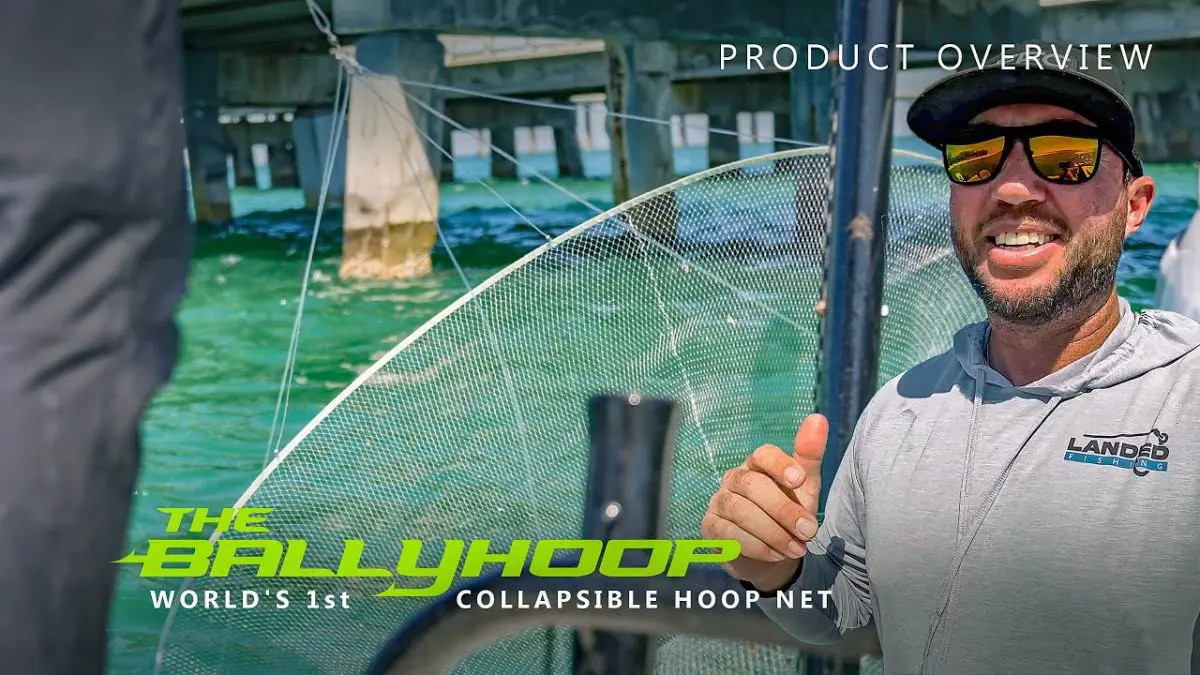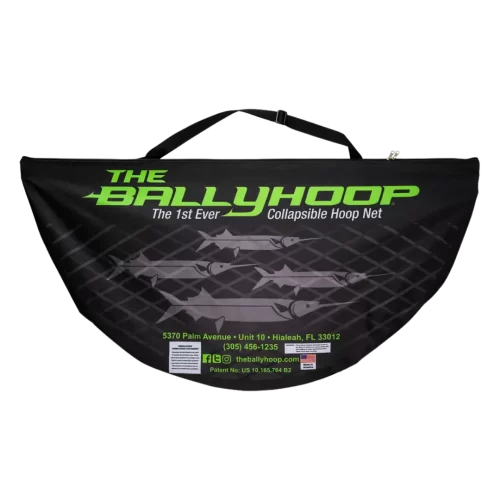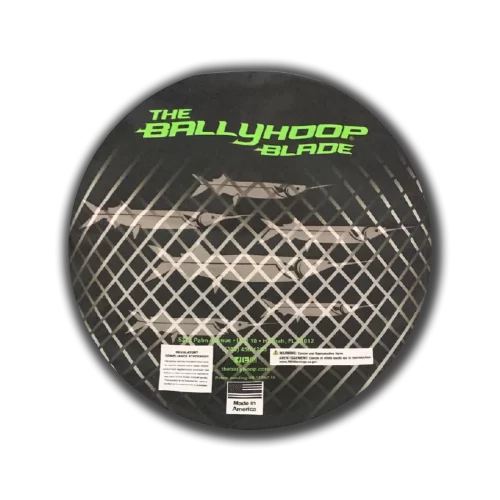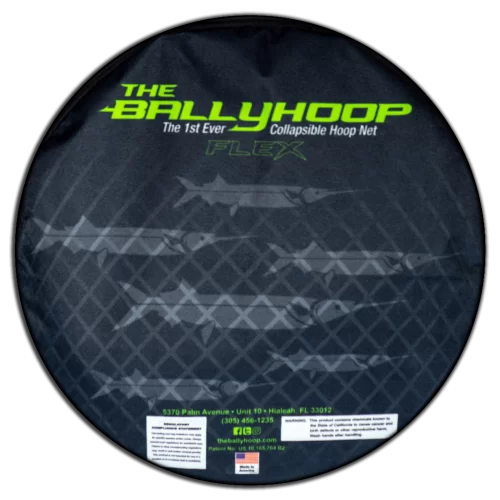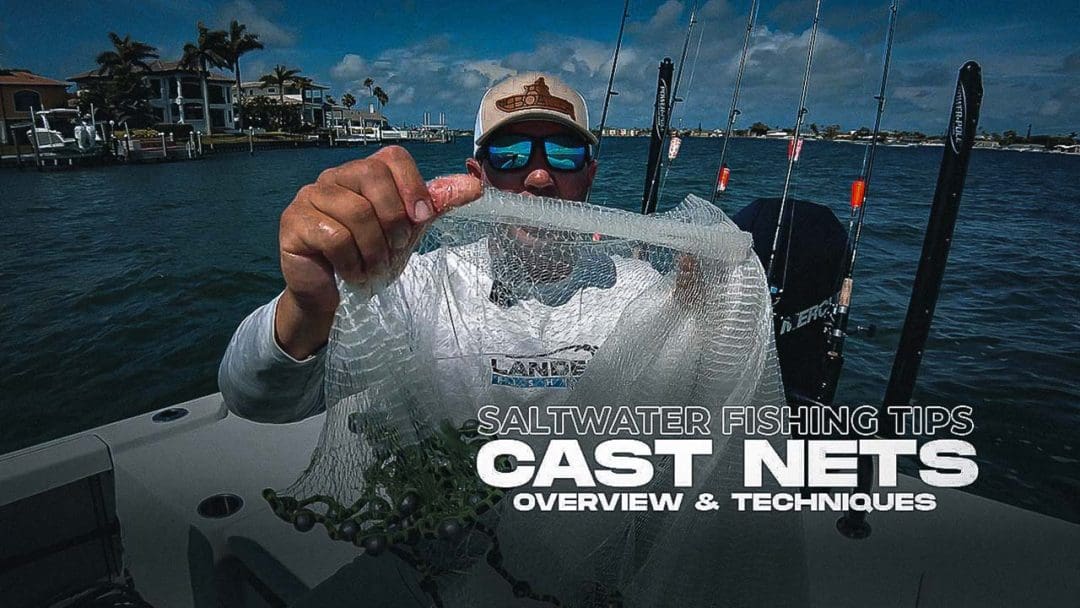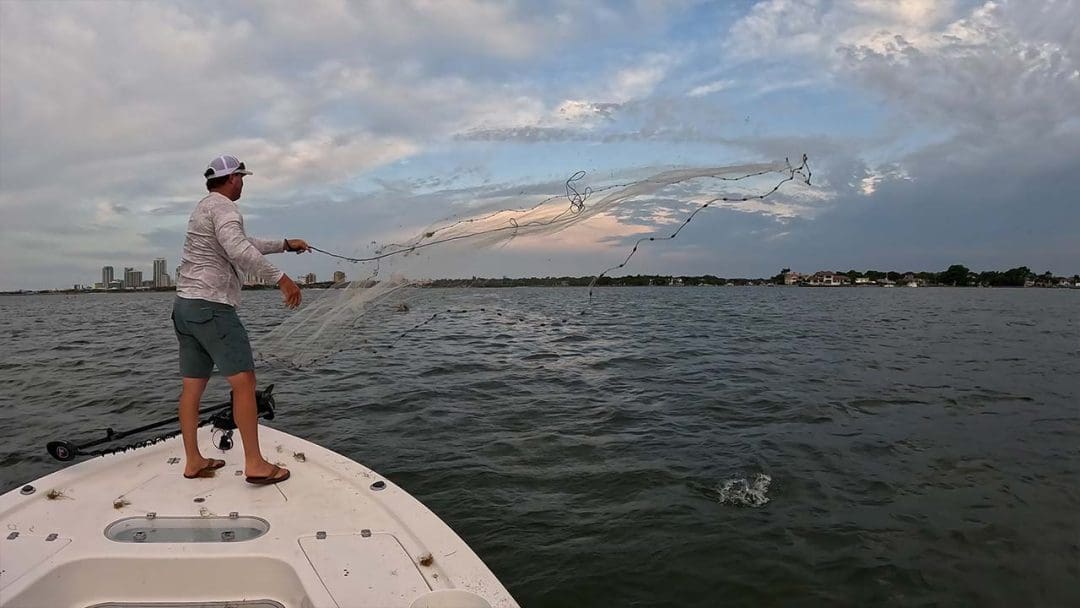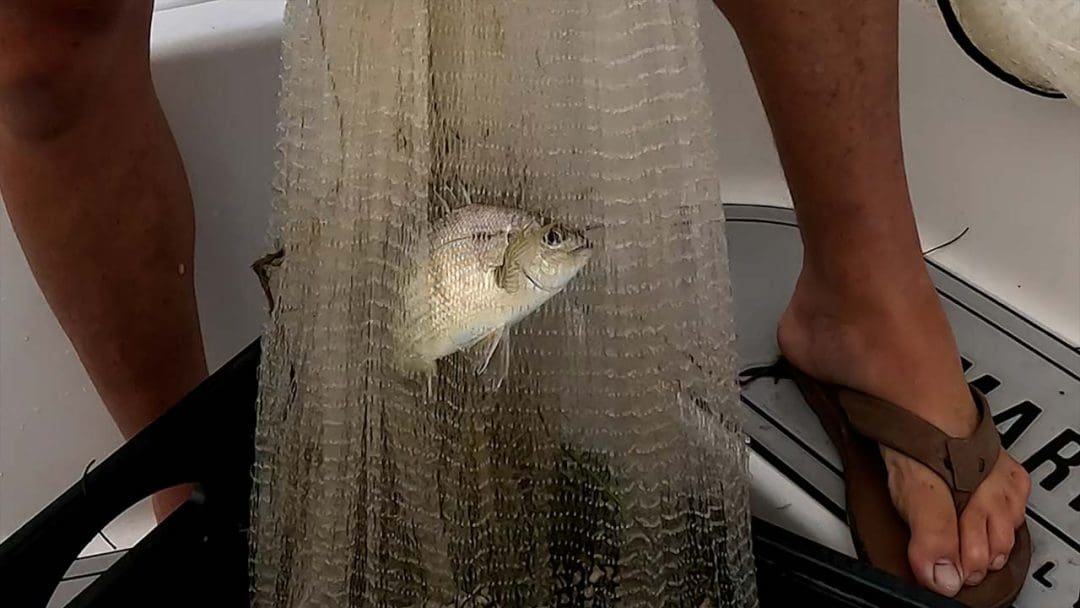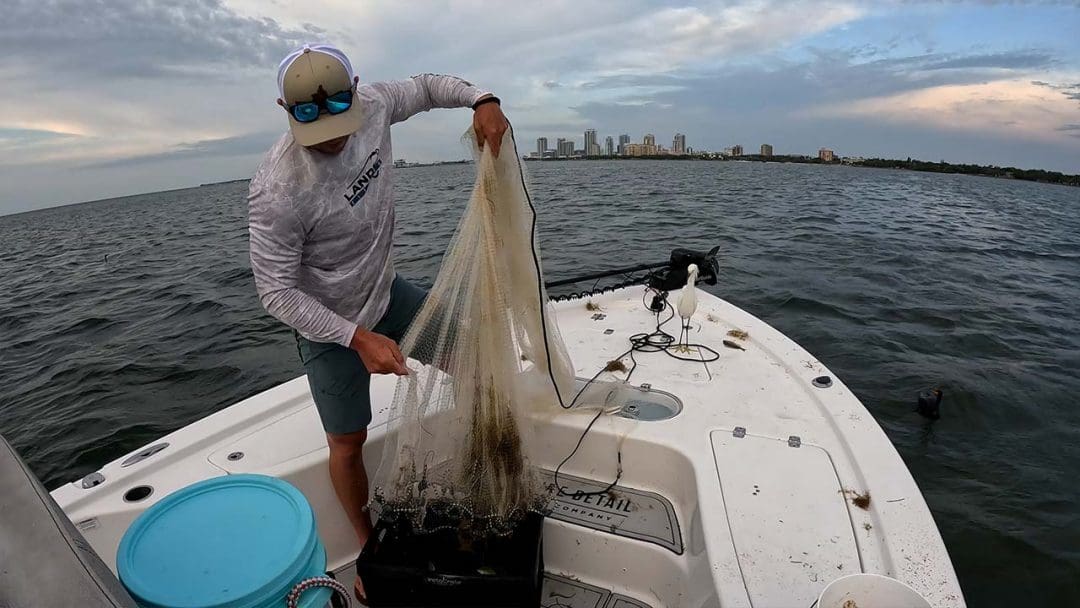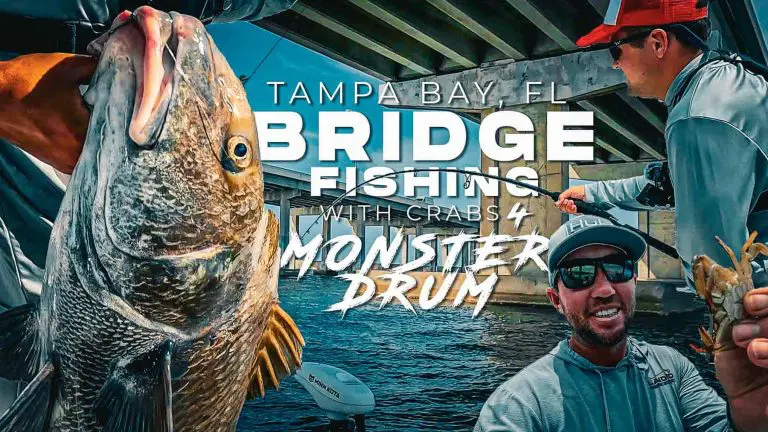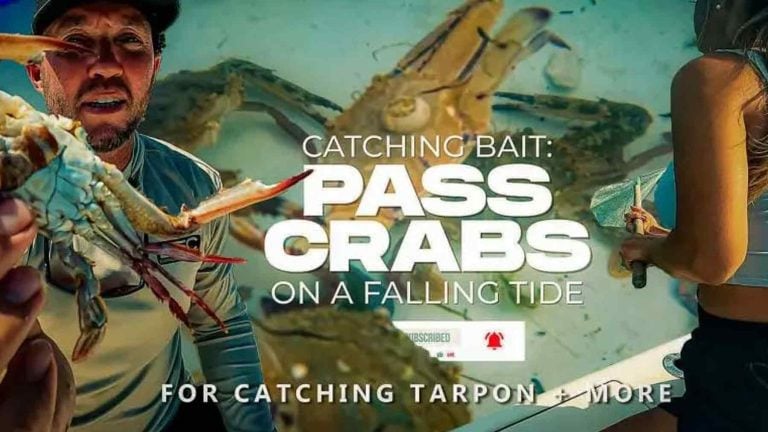Tired of using a cast net? No more getting yourself wet with a cast net, dirty boats or a livewell full of scales and dead bait. The BallyHoop net is an excellent alternative for anglers to capture fresh live bait without the mess and the stress of traditional cast nets.

The Ballyhoop Net
The BallyHoop products are easy to use, effective, and portable, appealing to a wide range of fishing enthusiasts looking to catch live bait.
Easy to use
Gentle on bait
Compact Portability Folds up well
Works Extremely well
Watch Video: The BallyHoop Nets
Catching Bait with the BallyHoop
Catching live bait around the Gulf Coast, just got a whole lot easier, thanks to the BallyHoop net. This game-changer means you don’t have to be a pro to snag the best bait.
BallyHoop Advantages:
• Collapsible design for easy storage and transport
• Durable construction for long-term use
• Variants tailored to different fishing needs and preferences
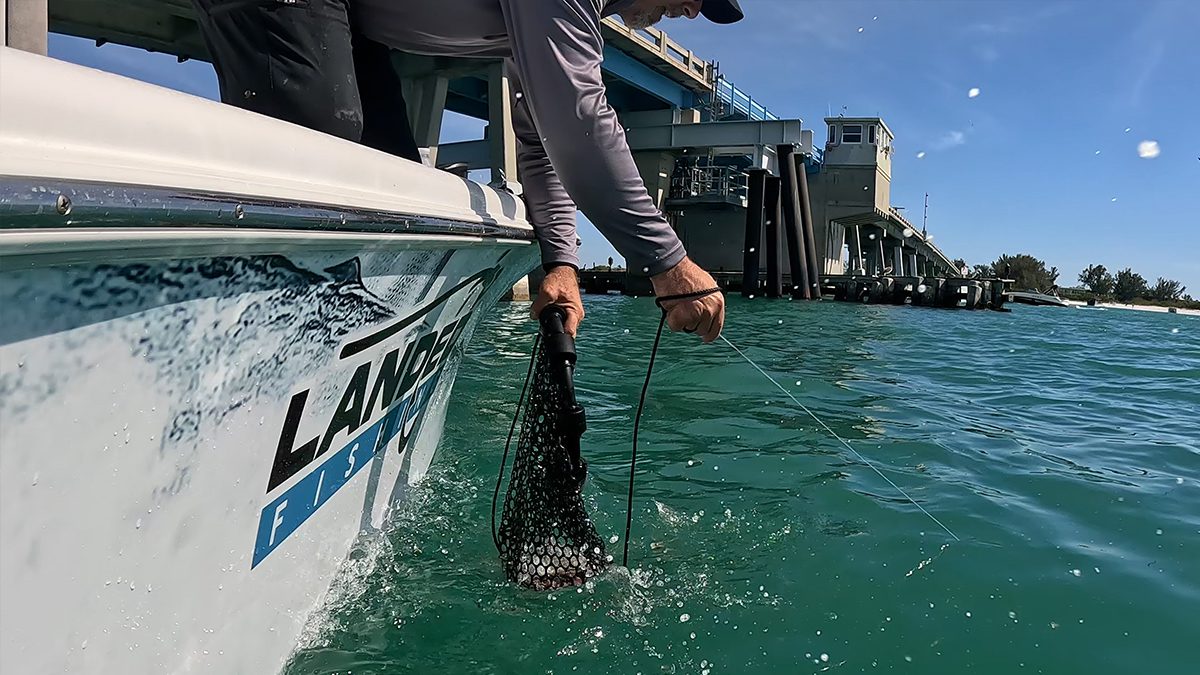
BallyHoop Fishing Products:
Checkout the variety of product models from Ballyhoop:
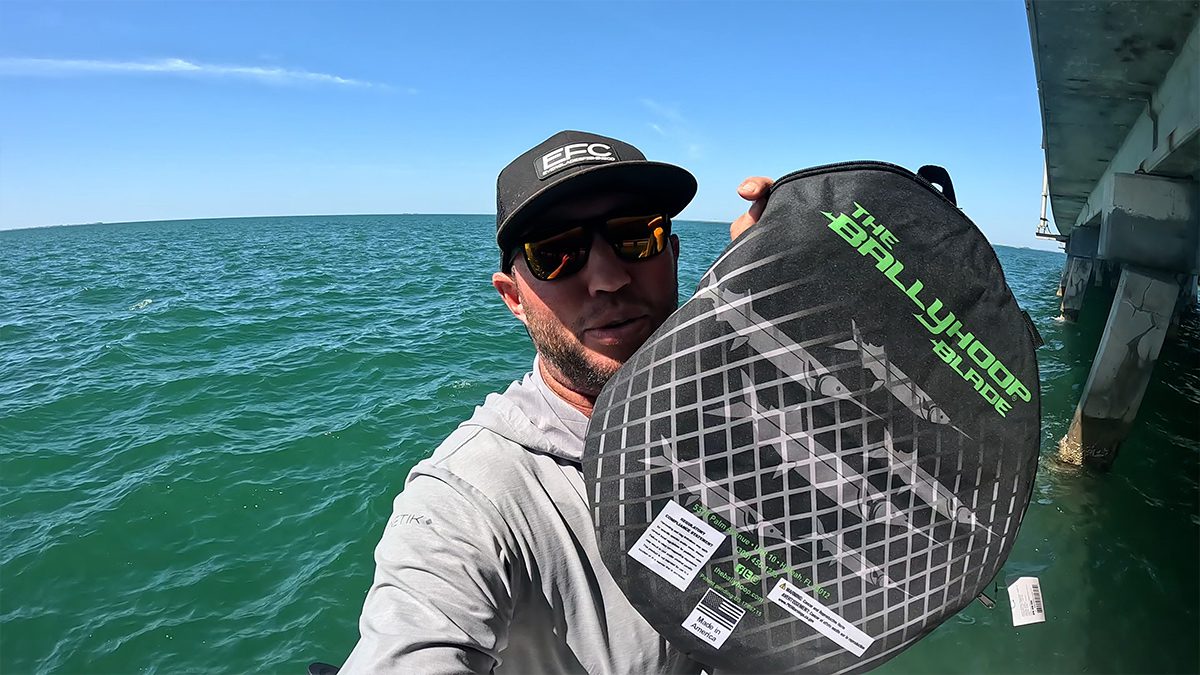
Is the BallyHoop a cast net?
No, the BallyHoop is not a cast net. It is a collapsible hoop net designed for catching live bait, offering a different approach to bait capture that is distinct from the traditional casting method of cast nets.
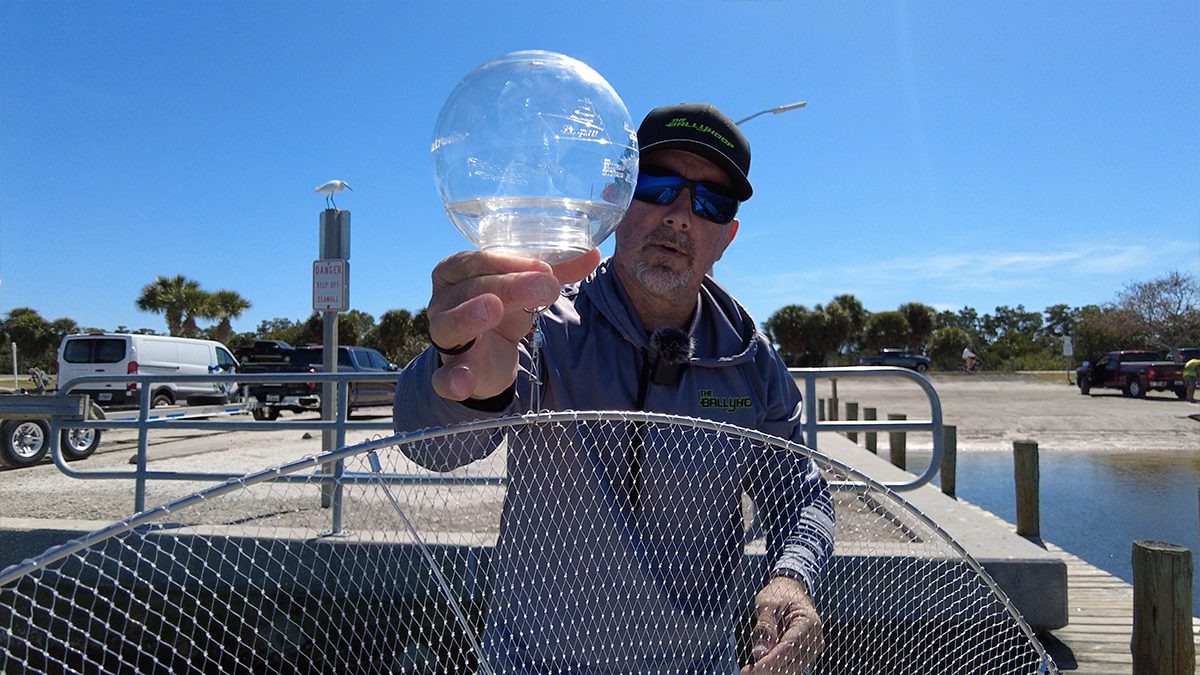
What are the advantages vs traditional cast nets?
The BallyHoop net offers several advantages over traditional cast nets:
- Ease of Use: It requires less skill to operate effectively.
- Portability: Collapsible design makes it easy to transport and store.
- Versatility: Suitable for a variety of environments, from shallow waters to deep sea.
- Less Fatigue: Easier on the body, especially in prolonged use scenarios.
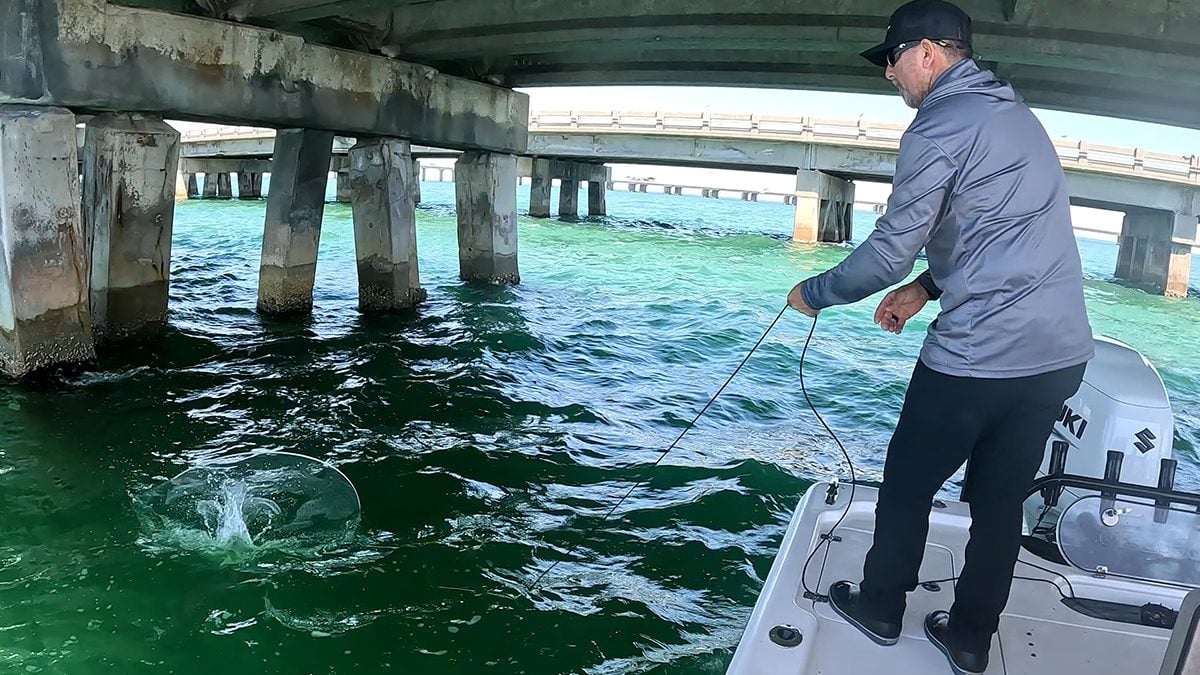
These features make the BallyHoop net a convenient option for anglers of all skill levels.
For detailed information on each model, including specifications and suitability for different fishing scenarios, please visit The BallyHoop.
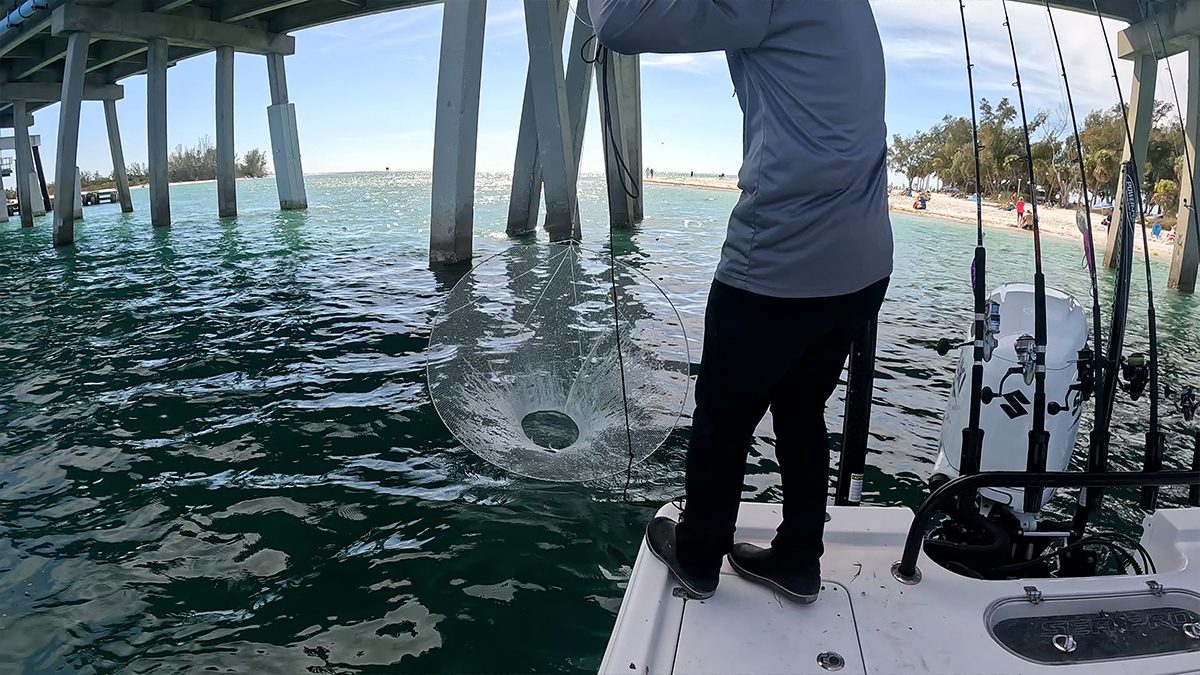
As Landed Fishing, we’ve had the opportunity to thoroughly test the BallyHoop net line of products, and we’re genuinely impressed. Each model in the BallyHoop series offers a unique blend of functionality and convenience tailored to the needs of both amateur and professional anglers.
The collapsible design across all models is a game-changer for storage and transport. Durability is also a standout feature, ensuring these nets withstand the rigors of frequent use.
Whether it’s the original Gen 1 (BallyHoop Aluminum) for its simplicity and effectiveness, the Blade for its compactness, the Flex for its versatility, or the Stealth for its minimal water disruption, there’s a BallyHoop net suited for every fishing scenario.
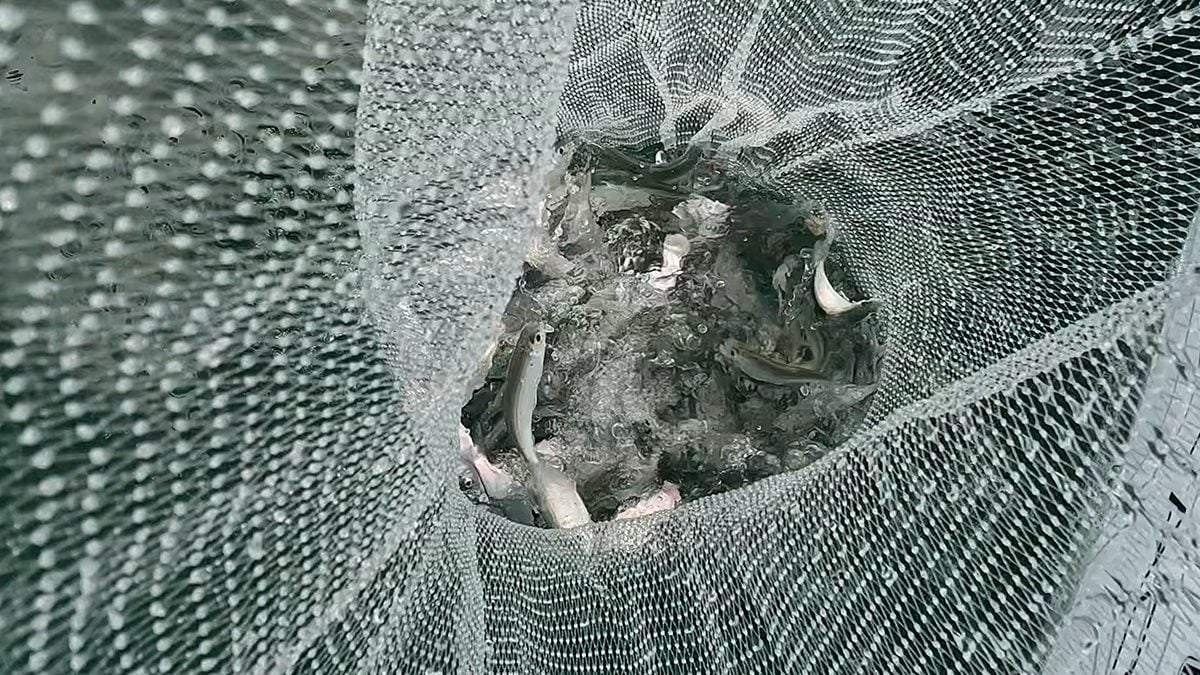
Where Can I Use the BallyHoop Net?
The BallyHoop nets are versatile tools designed to benefit anglers in various environments:
Shallow Waters: Ideal for catching bait in areas where traditional nets might be cumbersome.
Deep Sea: The strength and durability make it suitable for deeper water bait capturing.
Freshwater Rivers and Lakes: Versatile for freshwater environments, targeting species specific to these habitats.
Nearshore Saltwater: Effective in coastal areas, allowing for quick and efficient bait collection.
Kayak and Small Boat Fishing: Its collapsible nature makes it perfect for anglers with limited space.
These environments showcase the adaptability of the BallyHoop nets, making them a valuable addition to any angler’s gear.
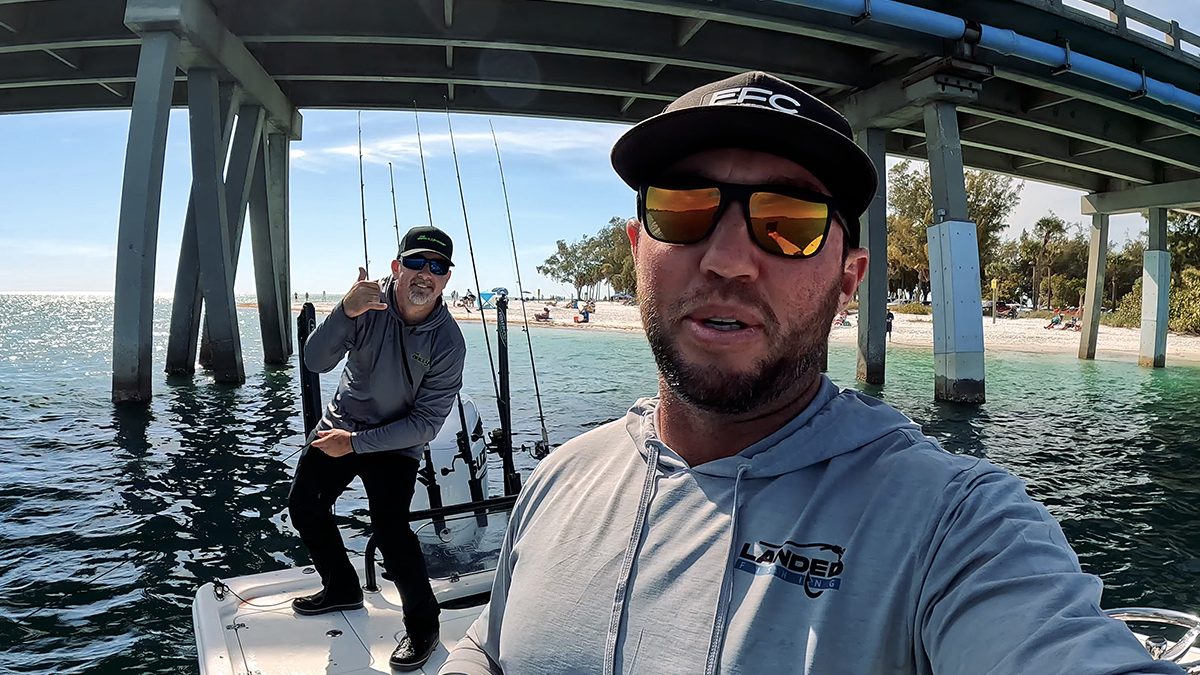
We can already see these nets will significantly enhance our bait capture efficiency, making them a valuable addition to our fishing gear arsenal.
For more in-depth insights and specifications on each model, we recommend visiting The BallyHoop.
Explore More

Easy Way to Catch Live Bait with The BallyHoop Collapsible Hoop Net The BallyHoop nets offer innovative solutions as…

PPF Screen Protectors and Surface Protection Films When you're out on the water, the last thing you want is…

RedfinSunglasses Every Angler Deserves Comfort and Clarity for the Ultimate On-Water Advantage Home Product Reviews Polarized Fishing Sunglasses Redfin…
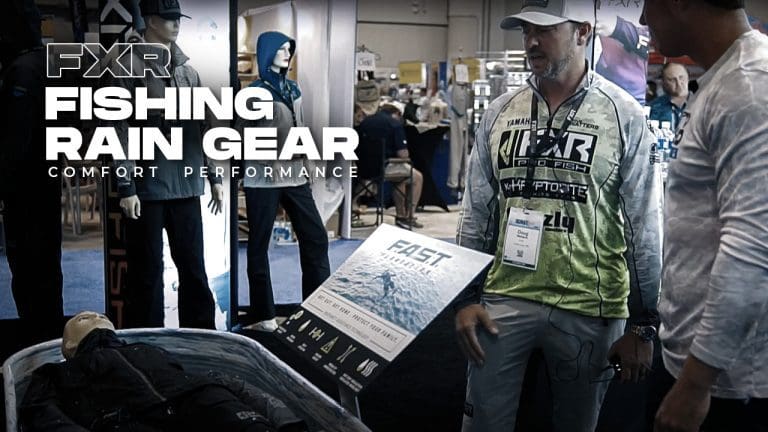
FXR Floating Rain Gear Nothing worse than get wet when fishing. Having Rain Gear for Fishing is a must…
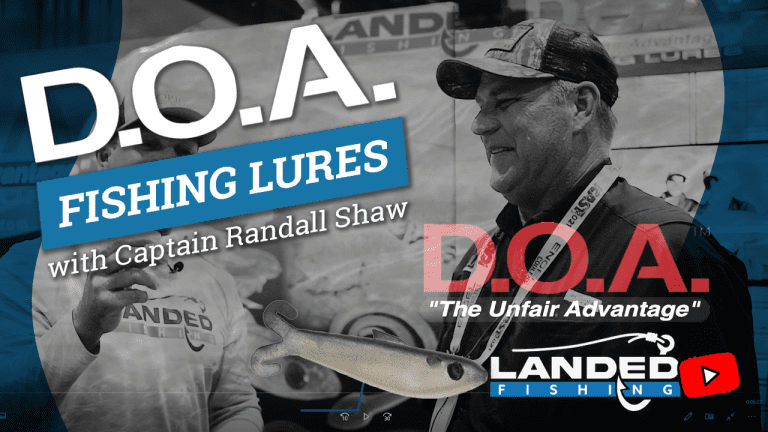
Dominating the Waters: DOA Artificial Fishing Baits DOA fishing baits are artificial lures that imitate real baitfish and crustaceans,…

Navigate the Water Like a Pro: MotorGuide Trolling Motors MotorGuide Trolling Motors offer advanced technology for smooth and silent…

